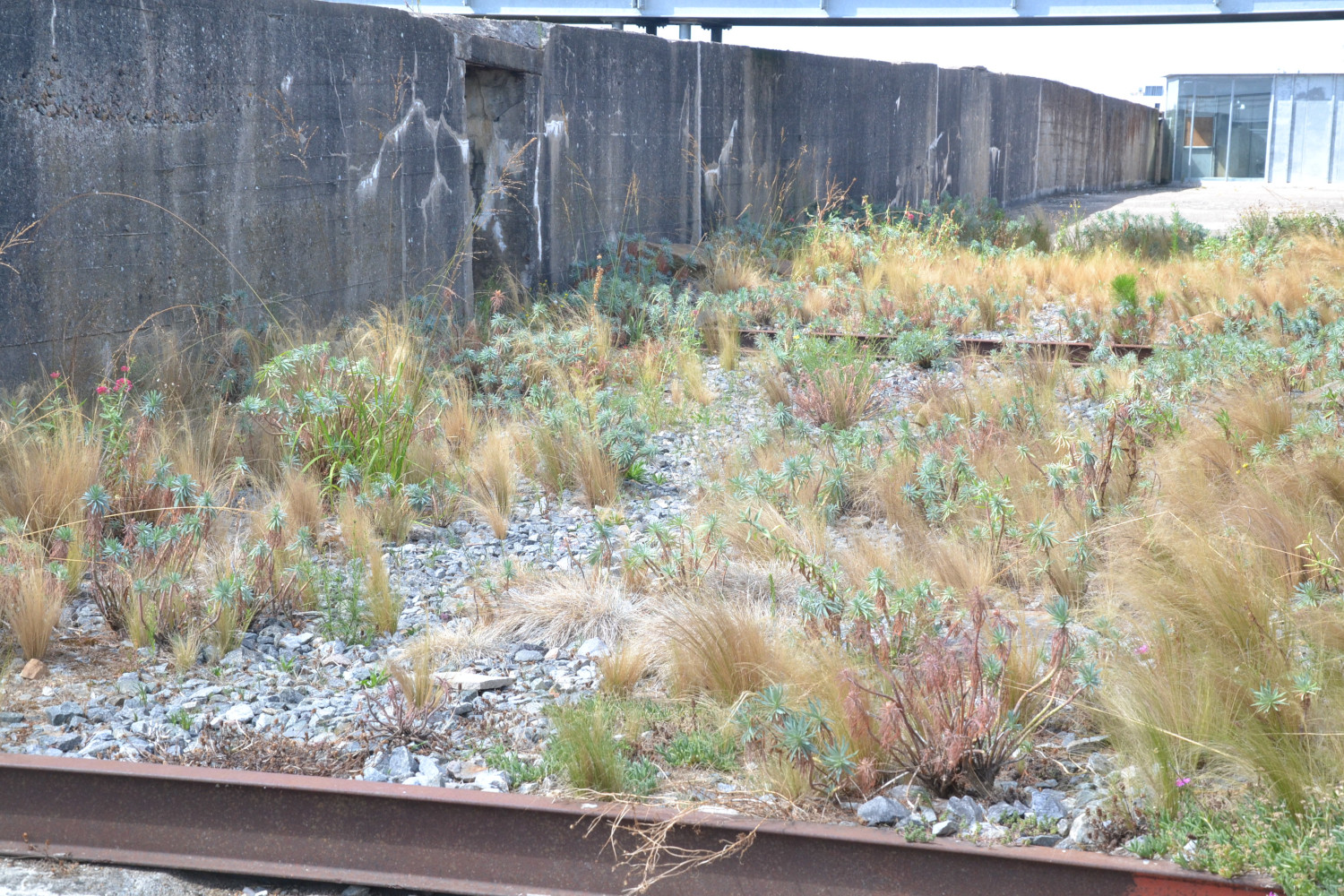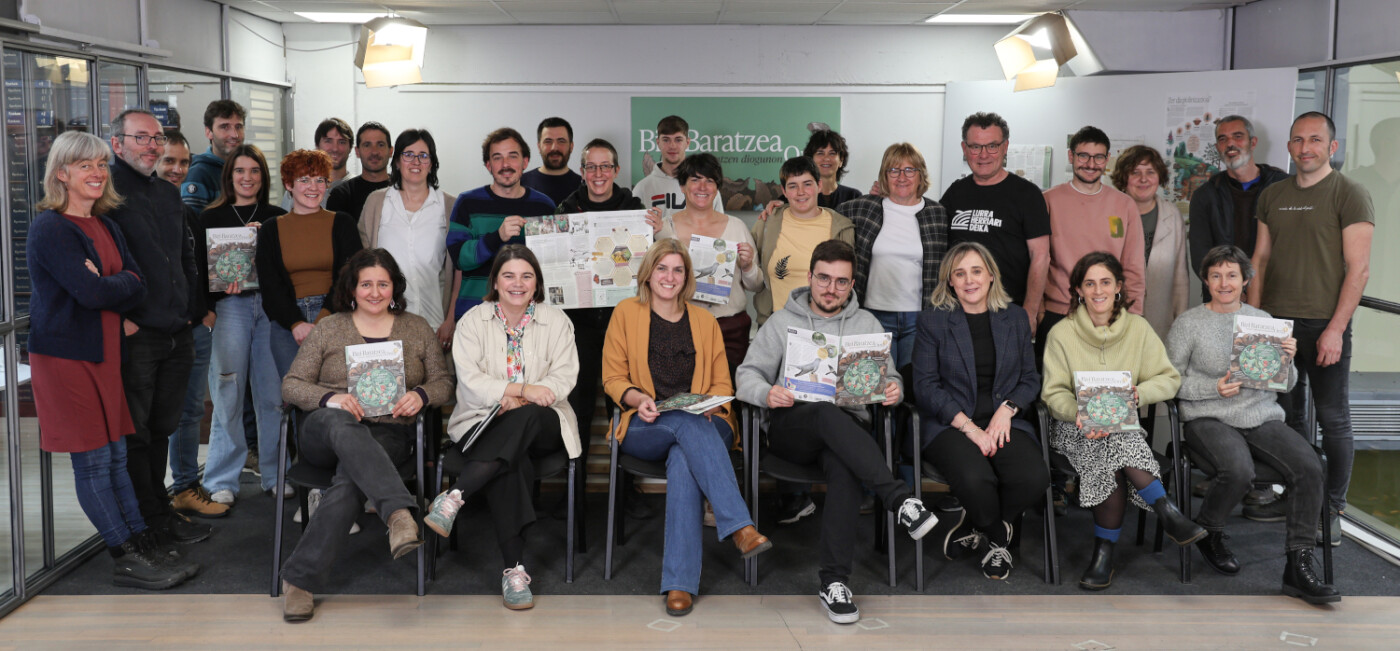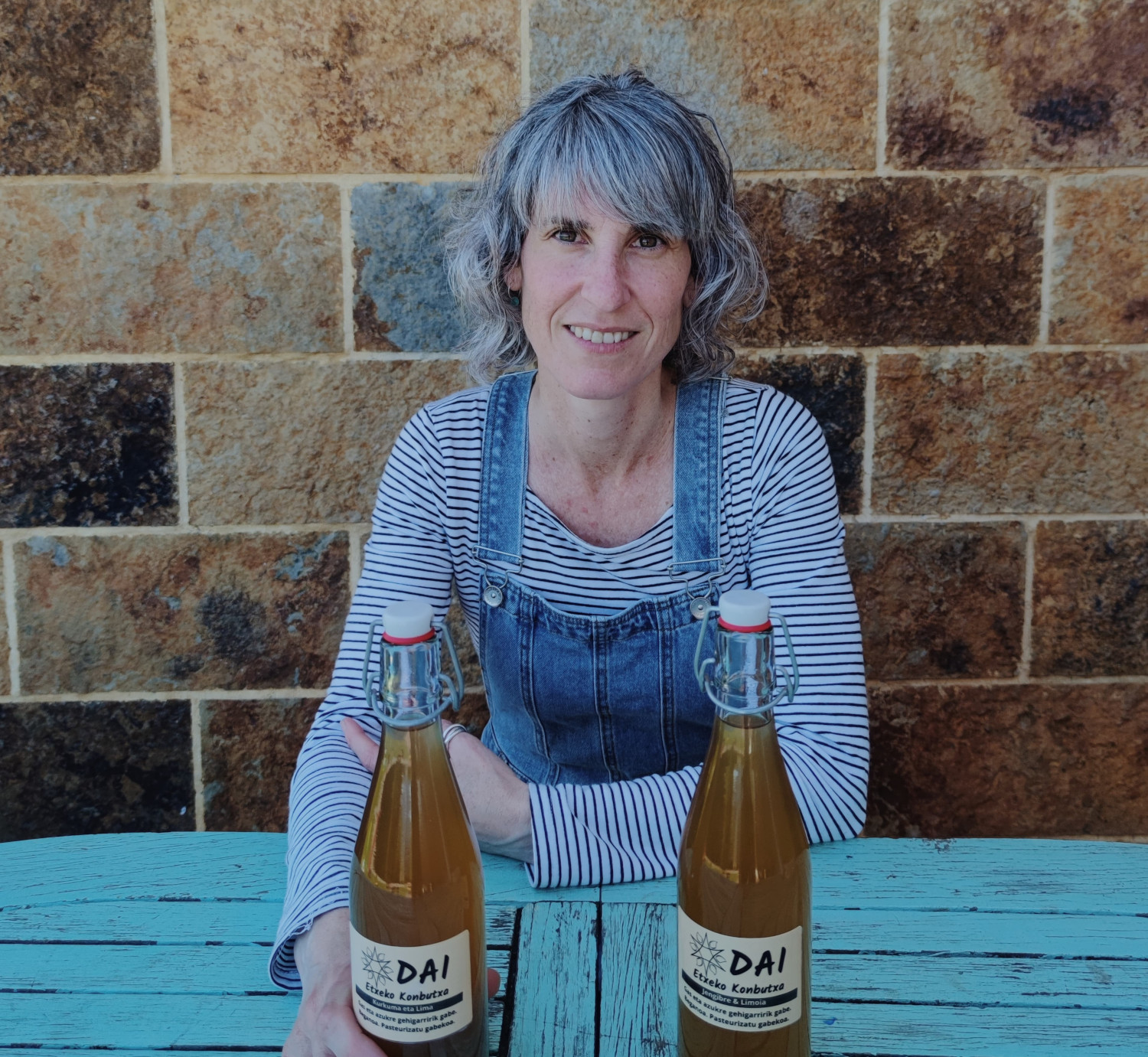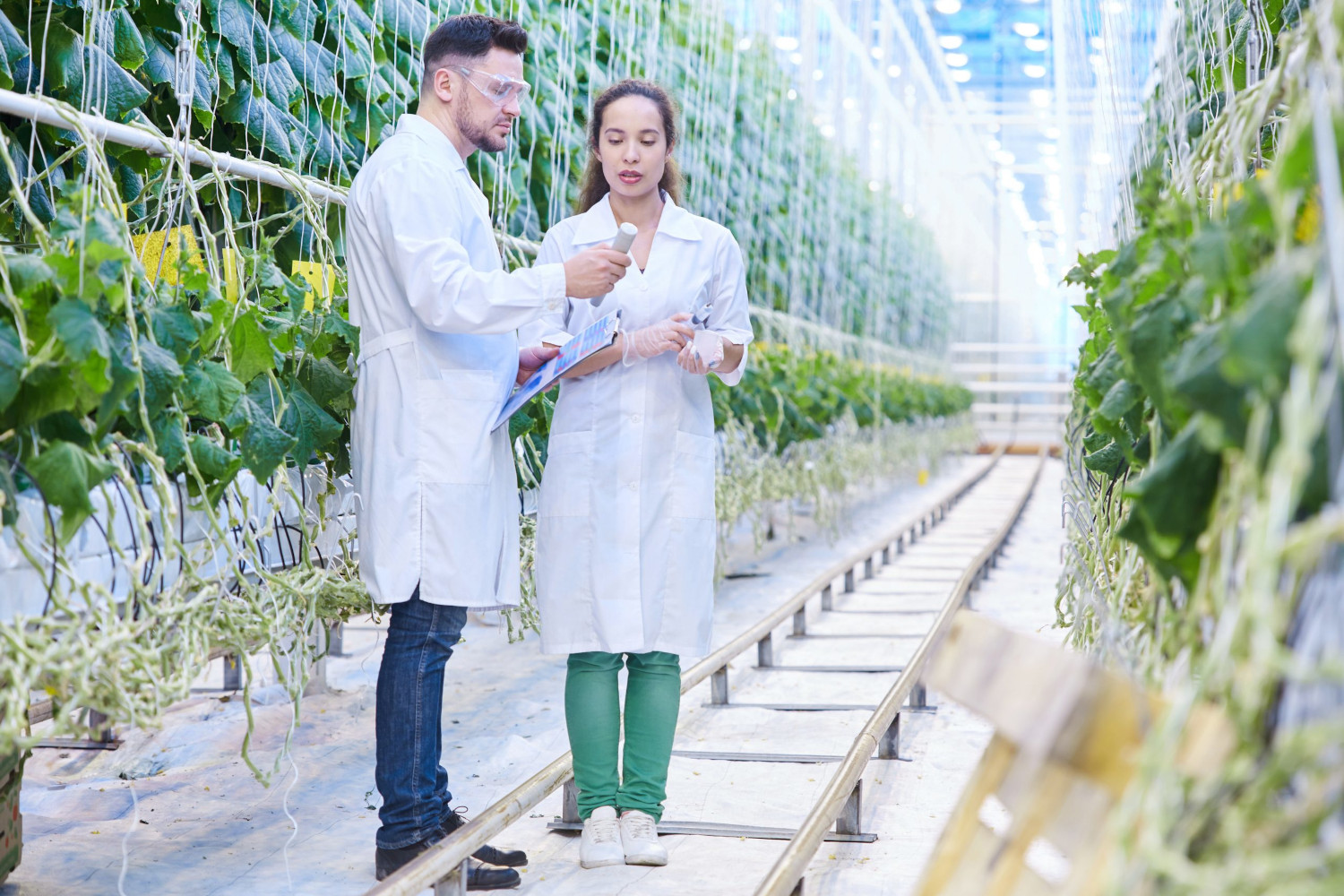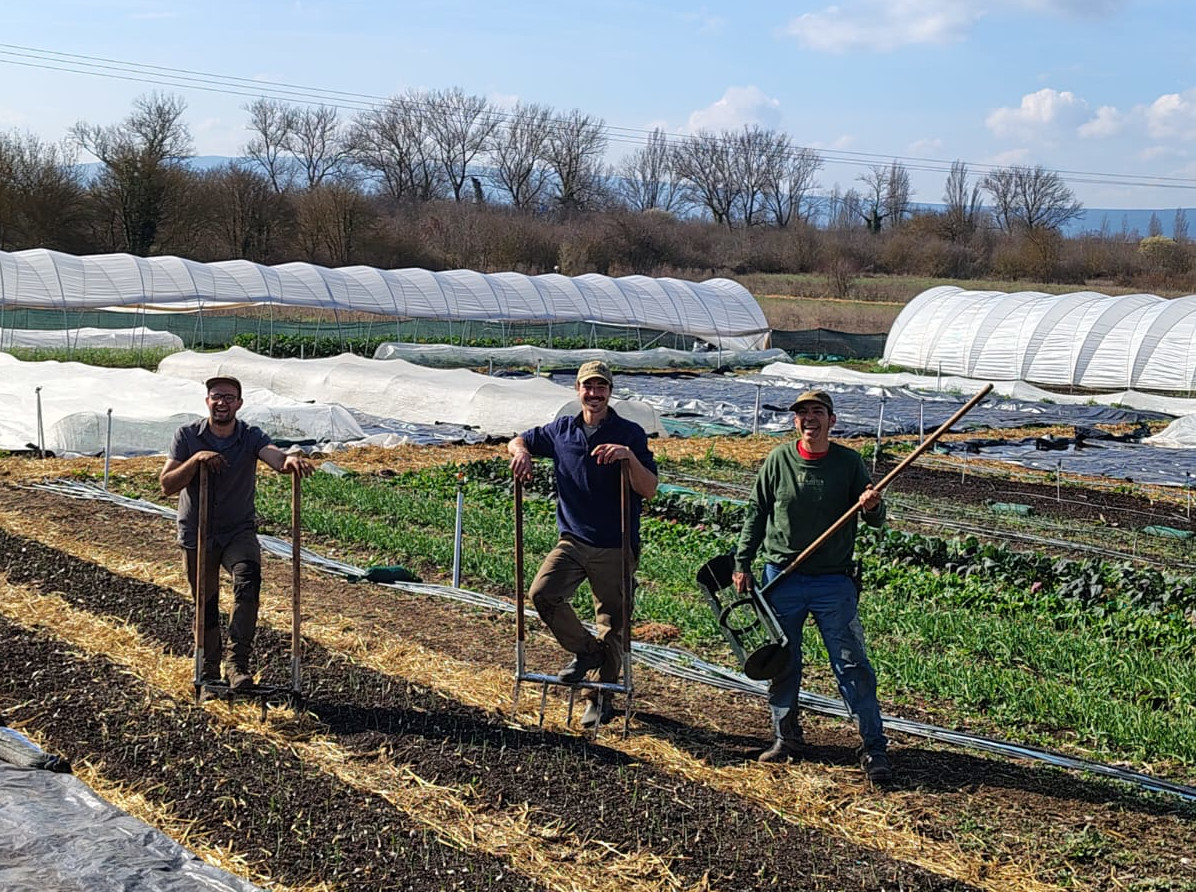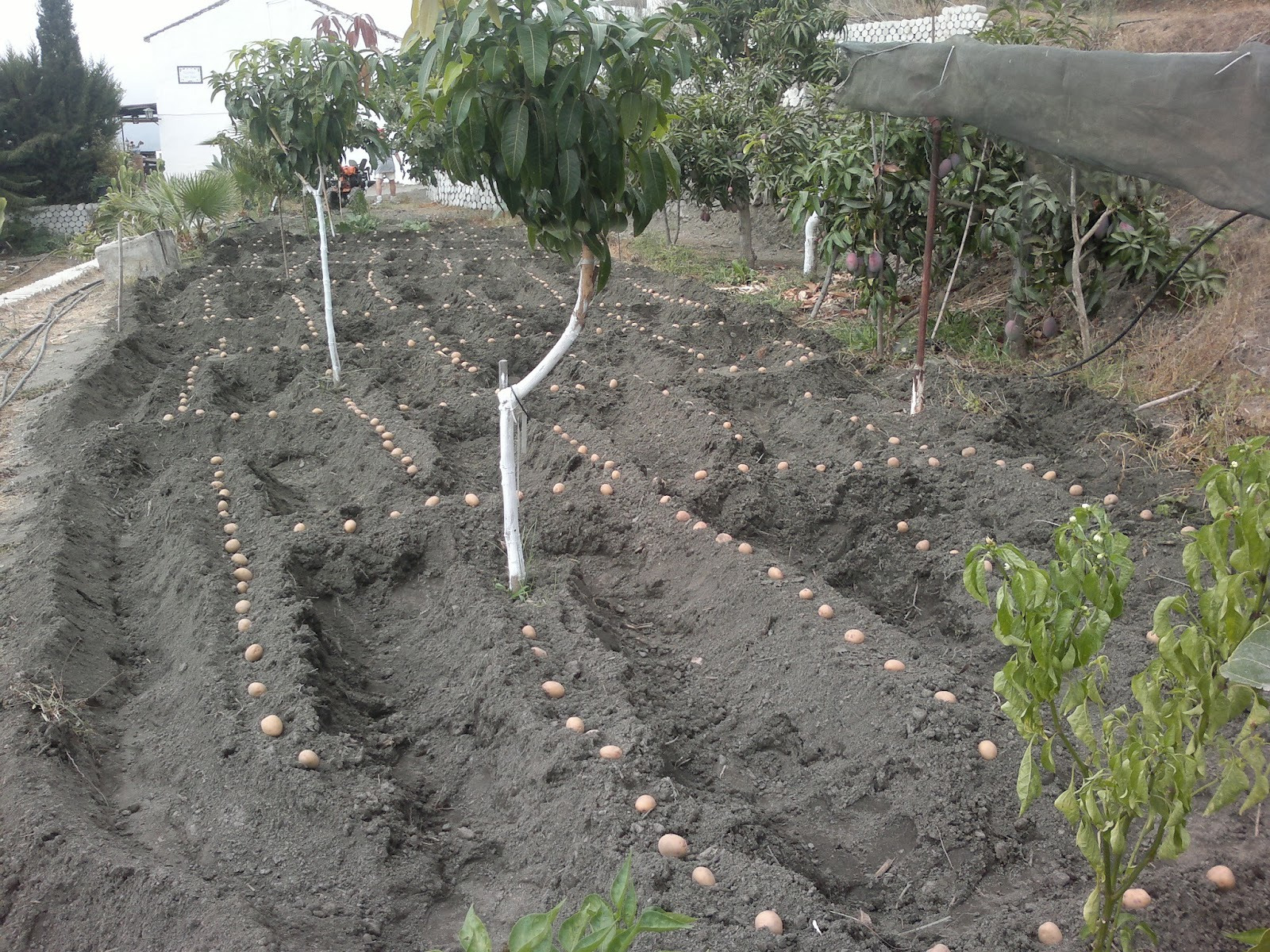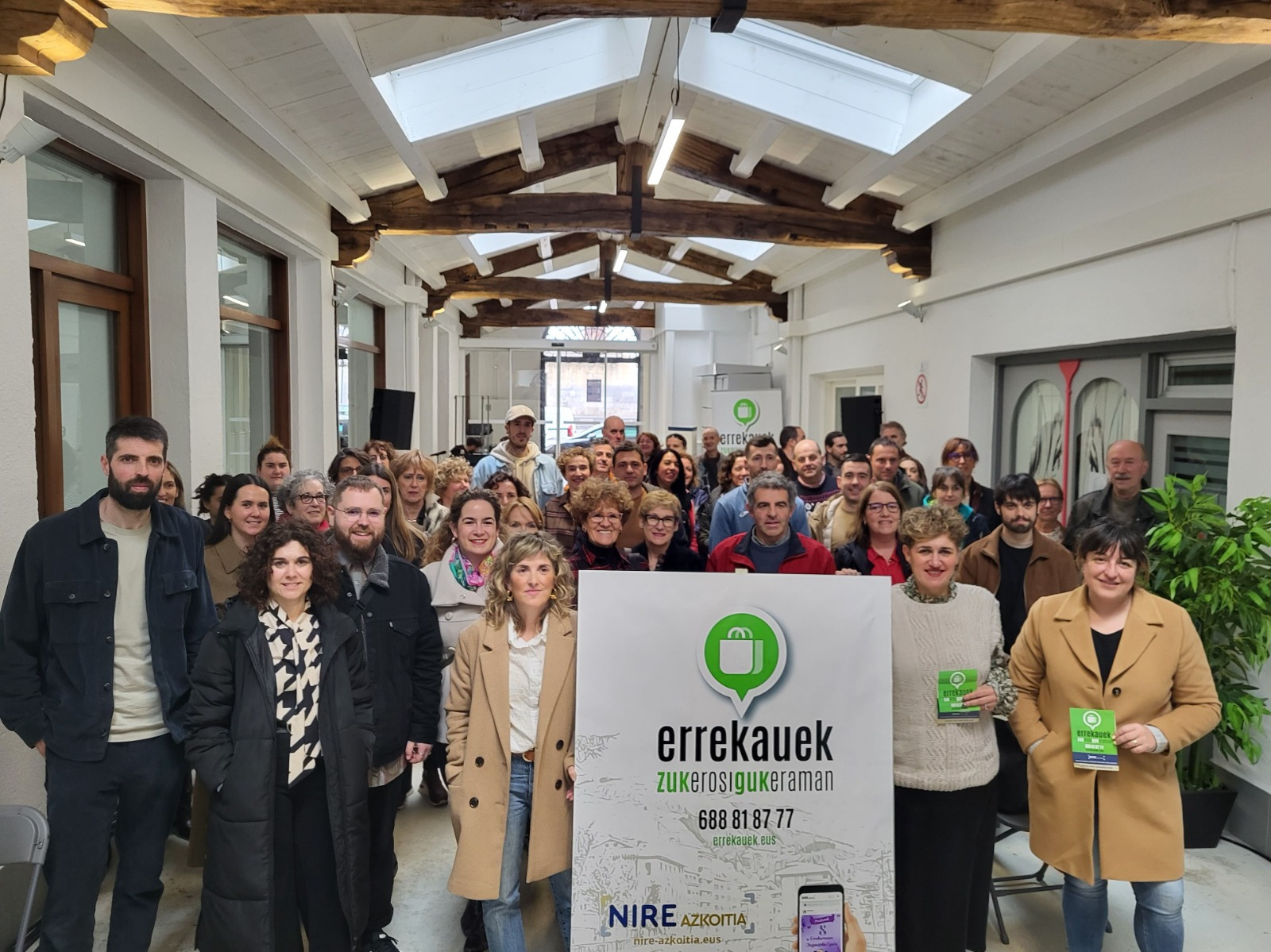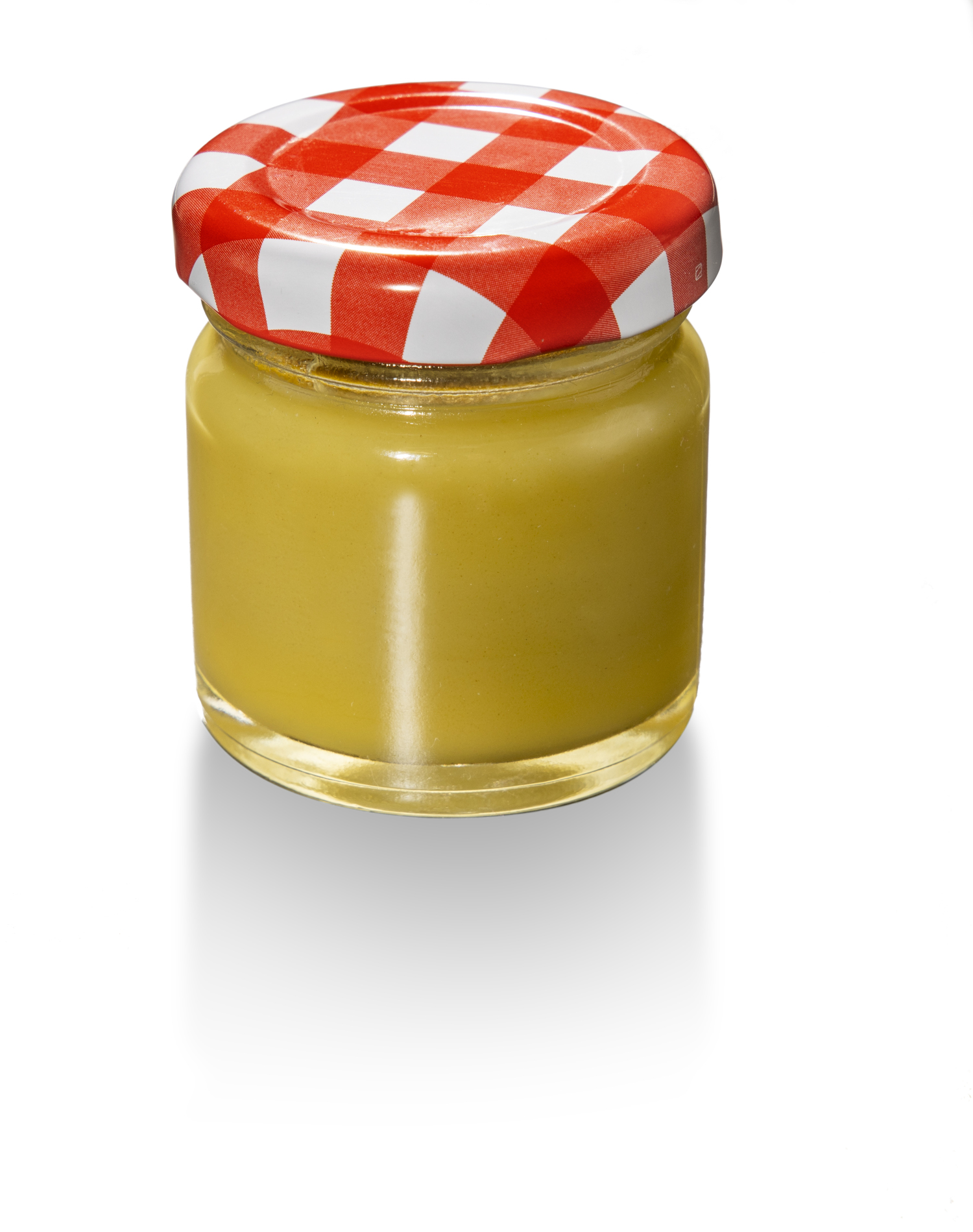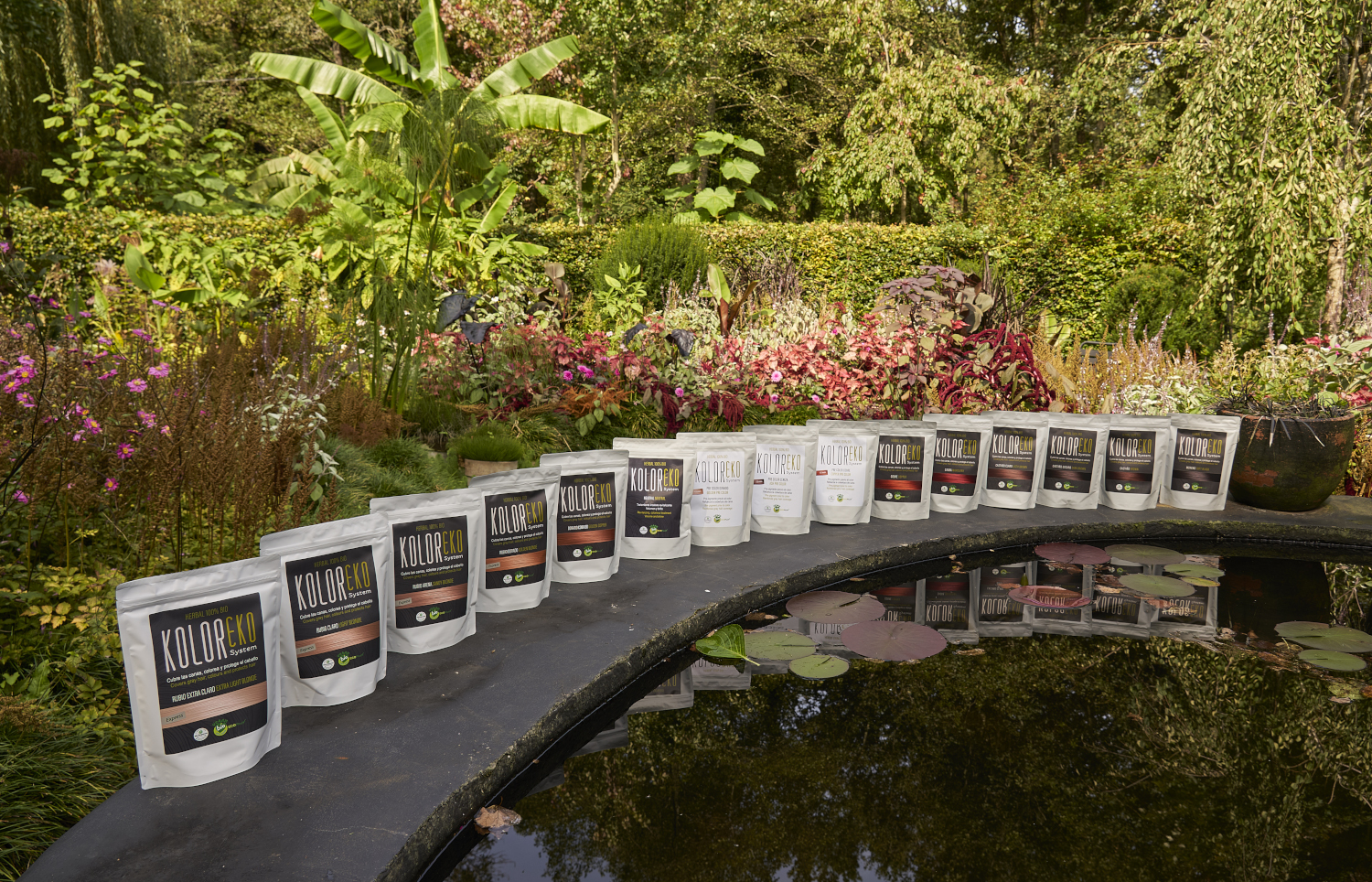The goodness of strawberries, life brings life
- Since not long ago in our house we are eating and eating strawberries (Fragaria x anassa) in these autumn entrance celebrations. It is not a loose fact, as autumn is the most important working time of strawberry. The plantations to complete and rejuvenate the strawberry are done now. Where winter is red or black, now and in the coastal areas where you barely realize there is winter, until the end of the year. We are being told that the strawberry plant that is giving and giving the flower and the fruit has not come up with the time to do this work for the winter.

In our country, no drugs or poison are administered to plants. That's one of the keys to eating still and so cool. Swedish researchers Andersson GKS, Rundlof M and Smith HG published in 2012 Organic farming improves the success of pollination in strawberries: on an equal footing, 45% of flowers cultivated in conventional or industrial agriculture (with venoms and chemical fertilizers) were pollinated and fertilized under the two separate ecological cultivated sections. In other words, the insect that has to come to pollinate in ecological is also encouraged.
Albano S. points out that strawberry pollination involves beetles, chinches, wasps, bees, bumblebees, bumblebees and butterflies in a study in the Portuguese journal Advances in Horticultural Science in 2009. In ecological care, life is more abundant and brings more life: more pollinators, more strawberry, more health, etc. Organic strawberry has more flowers in the environment, more variety of plants, and that same brings more pollinators. Taking care of the environment, we will have better quality strawberries, and above all sweeter, more tasty and with a better taste.
More scientists have seen strawberries with other eyes. A project called citizen science has been created in the Spanish state. After spreading the strawberry plants and keeping them for a couple of months on the balcony or on the front of the window, samples of their leaves have been collected. The objective has been to measure the concentration of polluting metals and air quality that accumulate in strawberry leaves due to their magnetic characteristics. A large number of citizens of Vitoria-Gasteiz have participated in the study and the leaves of their strawberries say that there is a lot of pollution in the city (you will find it on the web Vigilantesdelaire.ibercibis.es.
There is nothing like planting plants to deal with pollution, and I said that now is the time to put strawberries. The plant, throughout the summer, will spread the blacksmiths and create a new plant in contact with the earth. Cut these young plants and plant them. Plant between the first or in a new place. Leave a distance of 30-35 cm and cover the bottom with pine leaves or pine feathers, thick.
Strawberry has a lot of kindness, and in the language of plants it means precisely that: virile goodness.
Udaberrian orain dela egun gutxi sartu gara eta intxaurrondoa dut maisu. Lasai sentitzen dut, konfiantzaz, bere prozesuan, ziklo berria hasten. Plan eta ohitura berriak hartu ditut apirilean, sasoitu naiz, bizitzan proiektu berriei heltzeko konfiantzaz, indarrez, sormen eta... [+]
Ohe beroan edo hotzean egiten da hobeto lo? Nik zalantzarik ez daukat: hotzean. Landare jaioberriek bero punttu bat nahiago dute, ordea. Udaberriko ekinozio garai hau aproposa da udako eta udazkeneko mokadu goxoak emango dizkiguten landareen haziak ereiteko.
Duela lau urte abiatu zuten Azpeitian Enkarguk proiektua, Udalaren, Urkome Landa Garapen Elkartearen eta Azpeitiako eta Gipuzkoako merkatari txikien elkarteen artean. “Orain proiektua bigarren fasera eraman dugu, eta Azkoitian sortu dugu antzeko egitasmoa, bere izenarekin:... [+]
Itsasoan badira landareen itxura izan arren animalia harrapari diren izaki eder batzuk: anemonak. Kantauri itsasoan hainbat anemona espezie ditugun arren, bada bat, guztien artean bereziki erraz atzemateko aukera eskaintzen diguna: itsas-tomatea.
Aurten "Israel Premier Tech" txirrindularitza talde israeldarra ez da Lizarraldeko Miguel Indurain Sari Nagusia lasterketara etorriko. Berri ona da hori Palestinaren askapenaren alde gaudenontzat eta munstro sionistarekin harreman oro etetea nahi dugunontzat, izan... [+]
Sare sozialen kontra hitz egitea ondo dago, beno, nire inguruan ondo ikusia bezala dago sare sozialek dakartzaten kalteez eta txarkeriez aritzea; progre gelditzen da bat horrela jardunda, baina gaur alde hitz egin nahi dut. Ez ni optimista digitala nauzuelako, baizik eta sare... [+]
Bada Borda bat ilargian. Bai, bai, Borda izeneko krater bat badu ilargiak; talka krater edo astroblema bat da, ilargiaren ageriko aldean dago eta bere koordenadak 25º12’S 46º31’E dira; inguruan 11 krater satelite ditu. Akizen jaiotako Jean Charles Borda de... [+]
Donostiako Amara auzoko Izko ileapaindegi ekologikoak 40 urte bete berri ditu. Familia-enpresa txikia da, eta hasieratik izan zuten sortzaileek ile-apainketan erabiltzen ziren produktuekiko kezka. “Erabiltzaileen azalarentzat oso bortzitzak dira produktu gehienak, baina... [+]








